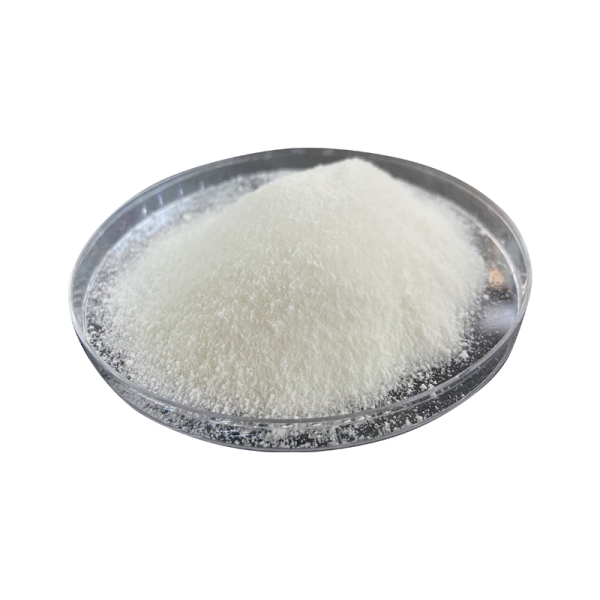As more people seek to reduce their sugar intake, sucralose has emerged as a popular alternative that allows us to enjoy sweetness without the calories. But how does this sugar substitute actually work?
Sucralose is a no-calorie artificial sweetener derived from sugar through a process that replaces three hydrogen-oxygen groups with chlorine atoms. This molecular modification makes it incredibly sweet—approximately 600 times sweeter than regular sugar—while preventing your body from recognizing it as a carbohydrate or metabolizing it for energy.
First approved for use in 1998, sucralose (often recognized by the brand name Splenda) has gained widespread popularity and regulatory approval from food safety agencies worldwide, including the U.S. FDA, the European Food Safety Authority, and Health Canada.
The Sweetness Without Consequences
One of sucralose’s most valuable attributes is its stability. Unlike some other sweeteners, it remains stable when heated, making it suitable for baking and cooking. This quality has led to its incorporation into thousands of products worldwide, from beverages and desserts to canned fruits and syrups.
Because the body doesn’t metabolize sucralose for energy, it passes through the system largely unchanged. This means it provides sweetness without contributing to calorie intake or affecting blood glucose levels, making it particularly valuable for people managing diabetes or those working to maintain a healthy weight.
Understanding the Research
While some studies have raised questions about artificial sweeteners, comprehensive reviews of the scientific evidence continue to support sucralose’s safety. The FDA’s approval process involved review of more than 110 safety studies conducted over 20 years, and regulatory agencies in more than 80 countries have reached similar conclusions.
Research continues to explore how sucralose interacts with our bodies. Some studies suggest that non-caloric sweeteners may help satisfy sugar cravings without the metabolic consequences of sugar, potentially supporting weight management efforts when used as part of a balanced diet.
Gut Health and Sucralose: What We Know
Recent scientific interest has focused on how sucralose might interact with our gut microbiome. While some laboratory studies have suggested potential effects, the human body’s complex systems make translating these findings to practical dietary advice challenging.
What remains clear is that regulatory agencies worldwide continue to monitor the science and maintain that sucralose is safe for human consumption within established guidelines. The acceptable daily intake (ADI) for sucralose is set at 5 milligrams per kilogram of body weight per day—a amount substantially higher than typical consumption levels.
For perspective, a person weighing 68 kg (150 pounds) would need to consume approximately 23 packets of sucralose sweetener daily over their lifetime to reach the ADI threshold.
Making Informed Choices
For those looking to reduce sugar intake, sucralose offers a valuable tool. Its heat stability makes it versatile for cooking and baking, while its intense sweetness means only tiny amounts are needed to achieve the desired taste.
Many health professionals note that sugar substitutes like sucralose can be particularly helpful during dietary transitions, allowing people to gradually reduce their preference for extreme sweetness while still enjoying familiar foods and beverages.
As with any food ingredient, moderation is key. Sucralose can be part of a balanced diet when used appropriately. Those with specific health concerns or conditions may want to consult with a healthcare provider or registered dietitian to determine the best approach for their individual needs.
The Future of Sweetness
Ongoing research continues to explore new aspects of non-caloric sweeteners, including how they interact with our taste receptors and brain responses to sweetness. This growing understanding helps food scientists develop better products and helps consumers make more informed choices.
Sucralose represents an important innovation in our ongoing effort to enjoy the pleasures of sweetness while supporting health goals. As part of a balanced approach to nutrition, it provides a useful option for reducing sugar and calorie intake while maintaining the enjoyment of sweet flavors.
Final thought: Sucralose offers a scientifically-backed way to enjoy sweetness without calories, providing valuable flexibility in managing dietary goals. When used mindfully as part of a balanced diet, it can be a helpful tool for those seeking to reduce their sugar intake while still enjoying life’s sweet moments.
Post time: Sep-11-2025





